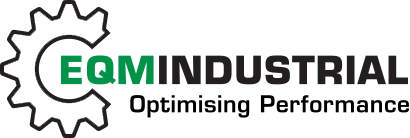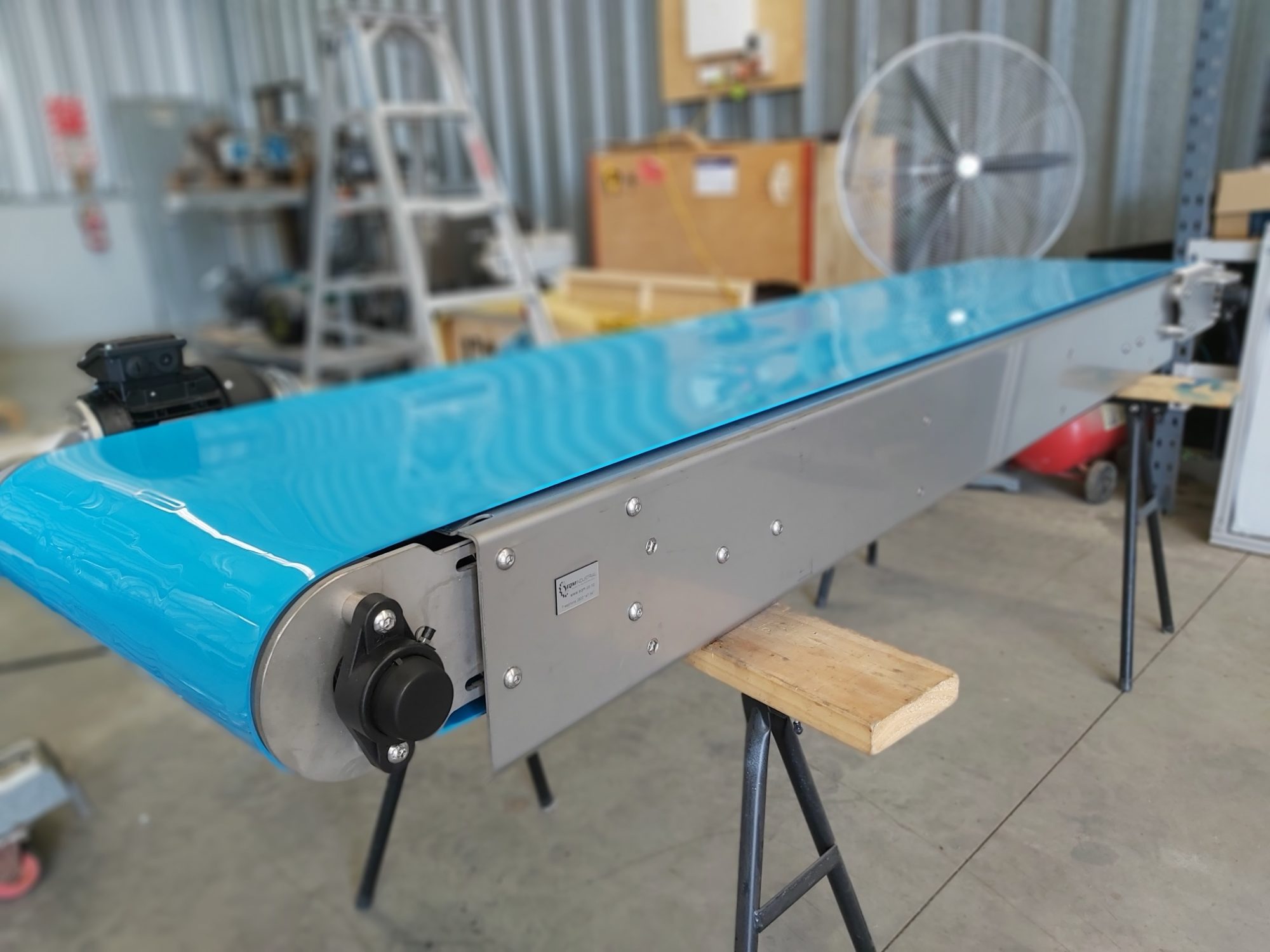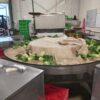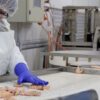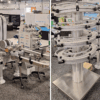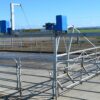Developing a hygienic conveyor for a top NZ research centre
Recently, we were contacted by one of New Zealand’s largest agricultural Crown Research Institutes –Lincoln University.
They were partnering with a food processing company on a new development and were searching for a manufacturer of a stainless steel hygienic belt conveyor.
About Lincoln
Founded in 1878 as a School of Agriculture, Lincoln is the 3rd oldest university in New Zealand. It has 9 farms and 14 research centres.
Lincoln University excels in agricultural science, both teaching and research, but the focus is on applied research and technology, and they take their research out into the field.
Collaboration is key. Always working towards greater innovation, productivity and sustainability, Lincoln maintains and furthers New Zealand’s position as a world-class agricultural producer.
So why did they choose to work with EQM?
A well-established conveyor company
They approached us because we know conveyors. In fact, as a business, you could say that we eat, sleep and breathe conveyors.
Plus 30 years of experience speaks for itself. We would be able to understand and evaluate the scope of work. And meat processing is nothing new to us.
The challenge, or ‘Where do we begin?’
Complex conveyor projects have to start somewhere. And this one was complex.
Needed, a conveyor system that:
- Would meet stringent hygiene requirements for NZ and export,
- Could move at a fast speed, and be reversable.
- Would be fitted with special high cost equipment – cameras, sensors and lighting to name a few.
- Included a quick-release system that would lift the belt up so that the conveyor belting could be easily cleaned.
The solution – a conveyor prototype that met the timeframe
Our conveyors have a modular design. That’s a great way to start when you’re designing customised conveyor lines with exacting demands. And our client saw this feature as valuable.
We gave estimates based on previous conveyors that we’d made.
The Research Company got their client’s approval, but we realised that our standard design was not going to meet the customer’s purpose or criteria.
So, we ended up developing a custom conveyor design that would meet all their requirements.
The next step – a Scope of Work
Once we’d itemized all the requirements, we gave an estimate to create a 3D drawing of the preliminary design.
Now they could see a model of what they were going to get – before going ahead with manufacture.
How we hammered out the conveyor system details
1. Belting specifications
First the research. We had to find just the right belting because:
- It had to withstand stringent hygiene requirements.
- Special cameras were a planned part of the development. It was important that these cameras could focus on the belting material.
Camera experts were sent samples of the belting material to make sure that the belting we chose would work. - The conveyor line had to be able to run at a fast belt speed.
A special Volta positive drive belting material that was readily available was chosen.
2. Hygiene requirements
Over and above the hygiene requirements mentioned, a quick-release system was specified that would lift the belt up so that the conveyor could be thoroughly cleaned and sanitised.
Once the concept design was drawn up, we submitted a 3D model of what the whole conveyor system would look like.
Now for the Key Step.
The Research Company combined their own models with ours. At this point it became crystal clear to us what they were trying to achieve.
They then added their CAD design to our layout model.
3. Equipment to be mounted on the Conveyor
Cameras, sensors and lighting all needed to be mounted on the conveyor. This equipment was heavy – to the point that it raised and offset the centre of gravity (CG) of the whole system. The mounting frame needed to be widened for stability.
They also wanted wheels, which made it more difficult to achieve stability.
At this point we decided that the research company should design the wheels and legs, and we would stick with what we know best – conveyors.
And the result – An on-time Prototype
The big take-away here is that a superb design does not happen by chance.
No winging it, we worked intensely with our customer to get the whole project design correct before we started manufacturing the job.
Many pairs of eyes looking at the design made for more improvements.
Before it was commissioned to get underway.
Once the design was approved by all parties, we were able to give an accurate quotation.
One last twist
The original deadline for the project to be completed was January 2021.
But, the required completion date was brought forward to the end of September 2020!
This left us with two and a half weeks to fabricate and build the whole project!!
But you know what? We did it!
 Not on our own though…
Not on our own though…
Good supplier relationships to the rescue.
More collaboration. Our trusty suppliers got us the parts we needed in time!
It’s a huge advantage to have suppliers that are ready to meet our needs, and race with us to our deadlines.
On top of that, excellent detail in the drawings made for fast assembly.
Do you need to move a project forward? Click
